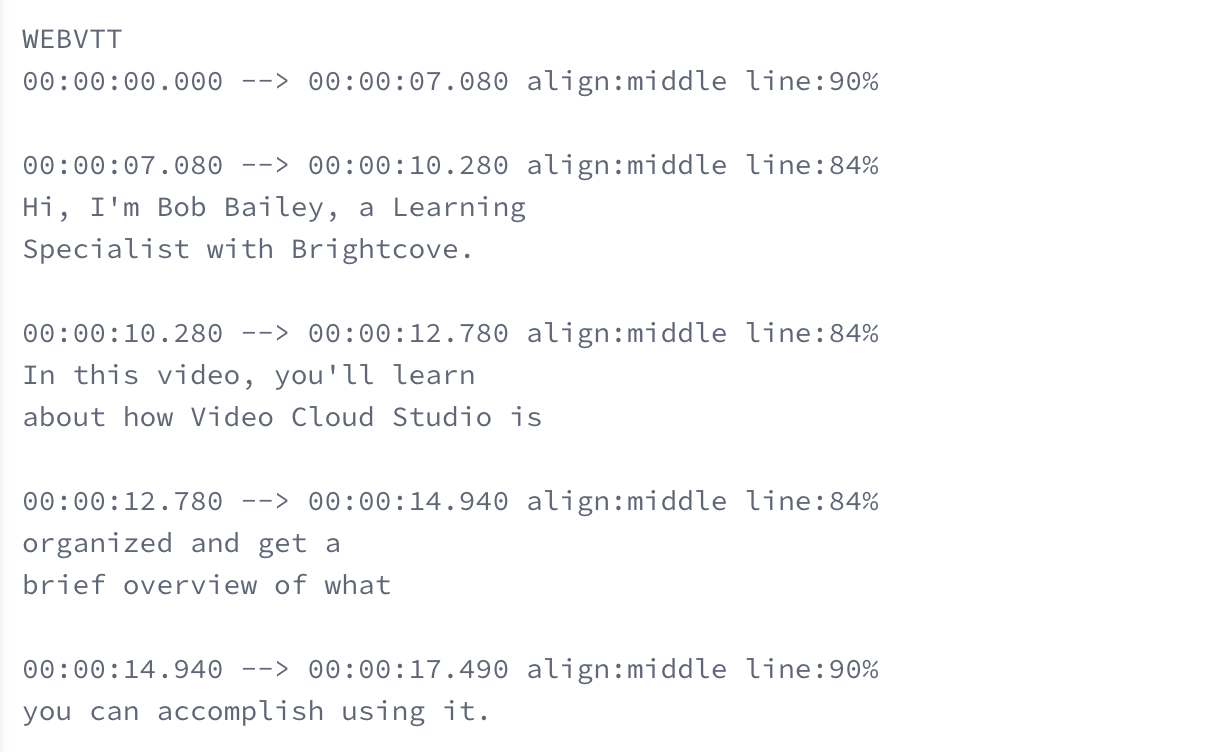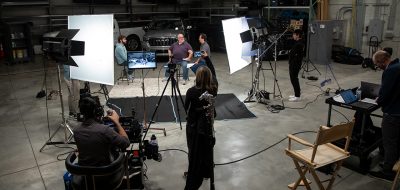For today’s creators, video accessibility has become much more than a checklist item for regulation and compliance.
With diverse audiences of varying abilities, languages, and viewing environments, delivering accessible videos is a clear indicator of your respect and commitment to your viewers. It demonstrates that you are dedicated to championing inclusivity, embracing non-native speakers, and providing the best possible user experience (UX).
Content producers understand that these experiences are the core of building a strong sense of loyalty and appreciation among viewers, customers, and the public at large. When viewers feel valued and included, they are more likely to become dedicated fans, engage with the content, and share it with others.
WHAT MAKES A GREAT USER EXPERIENCE?
But what creates an engaging, yet accessible UX? In Peter Morville’s user experience honeycomb, he outlines seven qualities:
- Useful
- Usable
- Desirable
- Findable
- Accessible
- Credible
- Valuable
While he intended it for website experiences, many have used his framework for a variety of user experiences. For example, a number of these qualities can be applied to premium video platforms like Brightcove. Our ad monetization solution is useful, our Player V7 update makes our product more usable, and our industry-vetted ROI makes our platform valuable.
In the same way, Brightcove’s partnership with 3Play Media helps our customers make their content more accessible, furthering our commitment to providing the best user experience. In fact, Brightcove customers can achieve true, accessible equivalency by ordering accessible video services from 3Play directly within our platform.
Serving over 10,000 existing customers, 3Play Media is the premier media accessibility provider in North America, delivering services with 99% accuracy and SLA-guaranteed turnaround. Content creators with a global audience can also receive localization support through 3Play’s translation and subtitling services in over 45 languages.
WHAT ARE THE KEY COMPONENTS OF VIDEO ACCESSIBILITY?
Digging a bit deeper into the services you now have at your fingertips, let’s look at four ways you can start today to enhance your videos accessibility.
CLOSED CAPTIONING
A key feature that improves accessibility for those who are deaf or hard of hearing, closed captions provide an on-screen transcript of the audio content. Additionally, it increases engagement by allowing viewers in noisy environments, or those watching with the sound off, a way to still experience the video.

Example of a Web.VTT Closed Captions File
LIVE CAPTIONING
Depending on your use case, you can consider two different types of live captioning: Automatic and Professional.
- Live Automatic Captioning. This can be a practical approach for providing baseline accessibility when professional captions aren’t feasible. For example, internal video meetings or informal presentations and webinars don’t necessarily require human captioning. Live automatic captioning can also be beneficial for social media livestreams to make the content more accessible to a wider and more diverse audience.
- Live Professional Captioning. This is an ideal approach for important and high-profile live event streams where quality and compliance are priorities. These could include academic videos where accuracy is crucial to ensure students with hearing impairments and non-native speakers can access and comprehend the content. Similarly, Live Professional Captioning can ensure all viewers of large events and conferences or investor and customer presentations can have a high-quality experience.
TRANSLATING AND SUBTITLES
This accessibility feature is important for reaching a global audience of non-native speakers. It not only fosters inclusivity but also expands the potential audience to viewers from various backgrounds.
AUDIO DESCRIPTIONS
For visually impaired audiences, audio descriptions are a valuable tool for making video content accessible. By providing verbal depictions of key visual elements, any viewer can understand the context and follow the narrative effectively. It not only showcases the creator’s commitment to inclusivity, it enhances the overall user experience for those who rely on alternative ways to consume visual media.
HOW GREAT UX GROWS AUDIENCE LOYALTY
In a digital landscape with so many content options, generating loyalty is an investment. And if one thing is clear in the creator ecosystem, it’s that audiences will invest in brands when brands invest in them. This means they are more likely to engage with your brand, share your videos, and become devoted fans or customers.
By prioritizing accessibility features, such as captions, audio descriptions, and multi-language subtitles, content creators ensure that their content caters to a diverse range of viewers. And offering them the tools and features they need to fully experience your videos is perhaps one of the most effective demonstrations of your investment in them.




